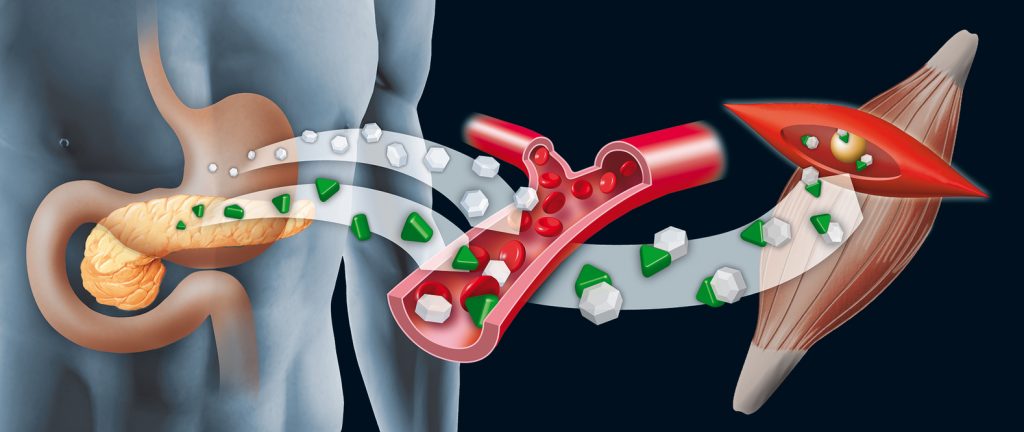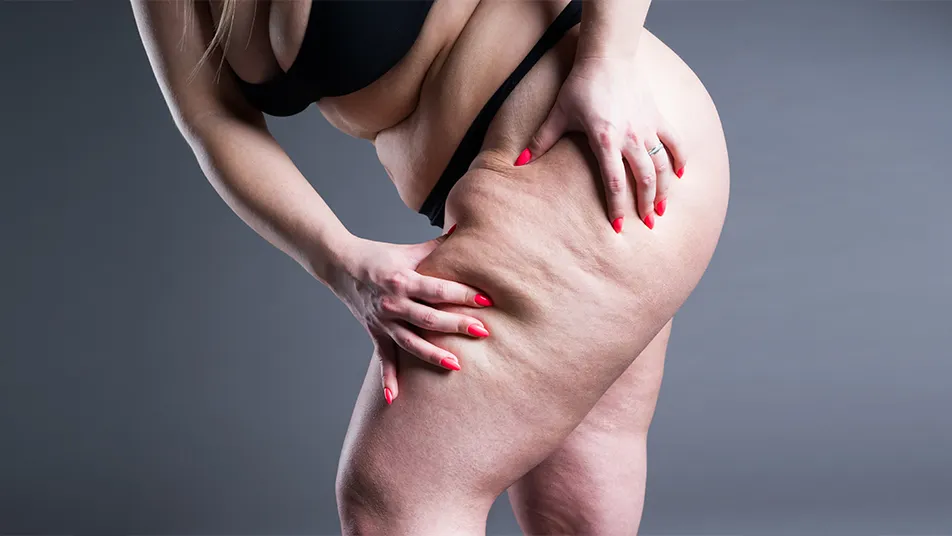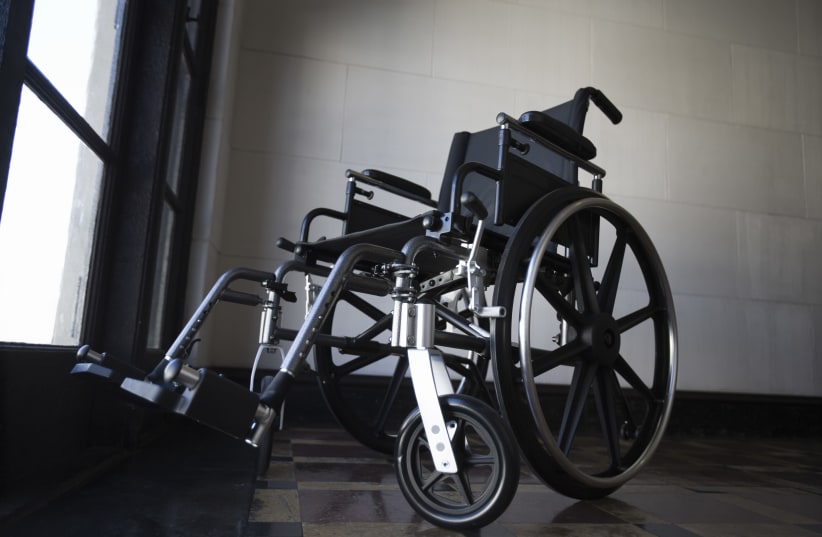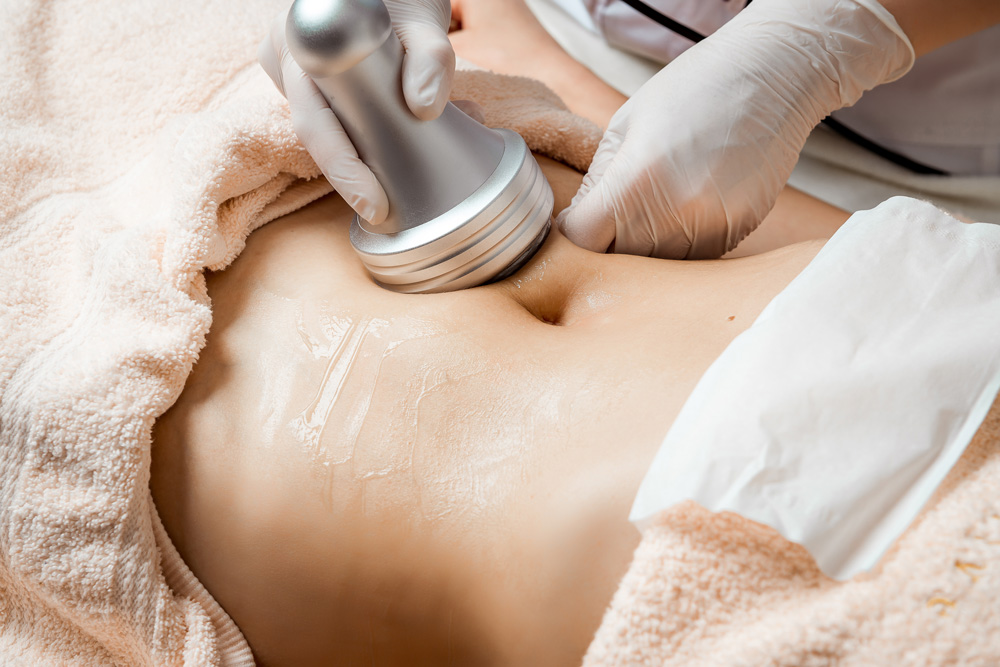Key Takeaways
-
Liposuction is a cosmetic procedure that specifically addresses common areas such as the abdomen, thighs, hips, and arms. It helps women attain a more contoured body shape.
-
I think if you choose the right areas for liposuction, it can really improve your whole appearance. It can also boost your self-confidence, especially since these stubborn areas often don’t respond to diet and exercise.
-
To get the best results from liposuction, select a qualified surgeon with extensive experience. Find one who specializes in the procedure and has a track record of successful results.
-
You need to familiarize yourself with how liposuction works to prepare for liposuction surgery properly. Set realistic expectations and adhere to the pre-surgery guidelines provided by your surgeon.
-
Post-operative care also plays an important role in the recovery process. It usually means wearing compression garments, dealing with discomfort, and attending follow-ups.
-
Getting educated and getting ready will go a long way toward improving your experience with liposuction. It empowers you to make choices that suit your specific objectives and health requirements.
More women bid adieu to stubborn fat with liposuction. Popular spots include thighs, tummy, and arms. They want smoother, firmer shapes. Liposuction provides immediate results and enhances self-confidence. You can show off your go-to tops once more. The right surgeon is key. 1) Find someone skilled and trusted. Check credentials. Ask for before-and-after photos. You deserve good care and results. Your new journey starts with the right steps. Pick carefully for security and satisfaction. Feel good, look great. Liposuction opens new doors to self-love and health. Ready to see what’s possible? Take the plunge today.
What Are Popular Liposuction Areas
1. Abdomen and Waist
The stomach or lower abdomen usually comes to mind first when you think of liposuction. This area is also a popular choice for women looking for a slimmer silhouette. Liposuction works especially well in this area. It specifically targets and eliminates stubborn fatty deposits, improves body proportions, and creates a more sculpted waistline. In 2019, more than 265,000 procedures were performed. This demonstrates that millions of women actively engage in aesthetic enhancements to feel better about themselves.
The effects of liposuction are more than just cosmetic. Backed up by a healthy lifestyle, the results are often permanent, letting you stay in the shape you want. Many women desire a flatter abdomen and a more defined waist. This transformation enhances both their physical appearance and their confidence. The best part is that this feeling of satisfaction can become a motivator for a healthier lifestyle, making the results even more sustainable.
You may also combine liposuction of the abdomen and waist with other procedures, such as a tummy tuck. This technique targets both excess skin and fat effectively. This combination also makes your figure appear more refined and gives a transformative result, which is in line with what you want.
2. Thighs and Hips
Some target their thighs and hips for liposuction too. The procedure is particularly advantageous in addressing stubborn fat deposits that do not respond to diet and exercise. The inner thighs, or “saddle bags,” can be a difficult area to combat. Liposuction helps by shaping these areas into a more attractive and refined shape that many women desire.
Targeted fat removal in the thighs and hips can lead to a more feminine silhouette. This procedure shows off the body’s natural curves in the waist and hips beautifully. This process provides great help for people looking to trim their body shape. It helps achieve a balance between the upper and lower body.
If you want successful results, you’ll need to visualize the body shape you desire prior to treatment. This mental imagery can guide the process, assuring you that the results match your expectations. The outer thighs can also be treated, even though it’s a difficult size and proportion. Liposuction provides precision in these areas, addressing the bulkier sections that are otherwise challenging to reshape.
3. Arms and Back
If getting toned is the goal, target your arms and back. Liposuction can dramatically enhance these key areas for women. Toss out fat to look sharper and cleaner. Your new shape will make clothes easier to find, and they’ll be flattering. This better fit typically leads to more confidence while shopping and wearing different clothing styles.
The upper arms see the most improvement, as it’s recontoured and toned. This can create a more proportioned appearance, complementing targeted areas such as the abdomen and thighs. That makes new fashion possibilities accessible when you feel comfortable in your skin and helps build self-esteem.
Liposuction can also be done on more than one area in the same procedure, and that’s worth noting. This is convenient because it allows you to target multiple body concerns at once. It optimizes your overall transformation and ensures that every part of your body harmonizes beautifully.
4. Chin and Neck
In the world of facial aesthetics, the chin and neck are two important areas known for liposuction. Extra fat in these areas can form a double chin. Many women attempt to get rid of it for more defined facial contours. Successful liposuction can help immensely with your self-image and give you some body confidence. You’ll be amazed at how differently you view yourself.
Not only do you get the body contours you’ve been hoping for, but also a more positive attitude toward life. Many women feel a surge of self-confidence following liposuction. Those physical changes make them feel more in line with their personal vision of beauty. Testimonials from those who have experienced these benefits underscore the psychological boost that comes with the physical one.
As you think about liposuction, it’s important to consider the psychological changes that come with the physical. The increase in confidence and self-assurance pays some amazing dividends. It makes such a big difference in your quality of life overall.

5. Buttocks and Flanks
For patients seeking a fuller body contouring solution, the buttocks and flanks are crucial areas. Choosing a board-certified plastic surgeon is essential to having a safe and successful liposuction experience. Your surgeon’s skill, especially in liposuction and related procedures, is vital to achieving your goals.
Before you go, research their specialization and ask for referrals or reviews from previous patients. This due diligence allows you to assess both their reputation and their suitability for your individual aesthetic goals. Consultation scheduling is important to the decision process. It enables you to assess your comfort with the surgeon and express your expectations.
Liposuction in the buttocks pairs perfectly with a Brazilian butt lift. Together they create a rounder, fuller bottom that so many women desire. This combination is a common butt enhancement that gives a more proportioned and attractive overall figure. With a good surgeon and a thorough understanding of the surgery, you’ll be able to get the body you’ve always dreamed of.
Benefits of Liposuction in Key Areas
Enhance Body Contours
When you think about liposuction, enhancing body contours is probably top of mind. Before you get ahead of yourself, it’s important to look at before-and-after photos from past patients. These images give you a real visual sense of what to expect. You want results that are predictable and align with your expectations. See if you can find cases like yours and how the surgeon approached them. It’s like doing a little detective work to make sure you are in the right hands.
Now, let’s talk about something equally important: the surgeon’s track record. Knowing the kinds of cases they’ve successfully handled paints a clear picture of their expertise. They’re well versed in multiple areas at once, or they’ve had success in upper arms and thighs. These details make a difference. Speaking to former patients provides you with invaluable insight into their experience and satisfaction. You should feel comfortable asking them about their journey. Did their results meet their expectations? Was the recovery process smooth? These conversations can be very revealing.
Improve Clothing Fit
One of the joys of liposuction is how much better your clothes fit. To get there, open dialogue with your surgeon is a must. Talk about your expectations, and don’t be afraid to ask questions about the procedure, recovery time, and results. The more you know, the better prepared you’ll be.
Your surgeon should outline the techniques they’ll use and what that means for you. Whether you’re lipoing your waistline or shrinking your thighs, you’ll feel calmer if you know what to expect. Understanding the process makes it a lot less daunting. You have to be comfortable talking about your concerns and preferences. After all, it’s your body, and you deserve to be heard.
Boost Confidence and Self-Esteem
The foundation for boosting your confidence and self-esteem through liposuction begins with a thorough pre-surgery consultation. Now is a good time to talk about your treatment plan with your surgeon. Don’t leave anything out, from the focus areas to what you hope will be the results. Following dietary and exercise recommendations leading up to surgery is just as important. You do these things to prepare your body for the procedure, and they even influence the results.
Be open about all medications and health conditions during consultations. This transparency is critical so things don’t get messy and hopefully make for a safe experience. Finally, having a support system around the post-surgery recovery time can be huge. Having either a family member or a friend right next to you can really help. Their support can make the healing process easier and boost your spirits.
How to Choose a Qualified Surgeon
Verify Credentials and Experience
If you’re thinking about starting with liposuction, it’s incredibly important to choose a surgeon who’s a true expert in the field. You want someone with a good history of procedures. Ensure the surgeon is educated and certified properly. Check for their membership in the American Association for Accreditation of Ambulatory Surgery Facilities (AAAASF). Check whether the surgeon has specifically performed liposuction. You want someone who knows the ins and outs of the procedure you’re interested in. Look for a surgeon who has a great reputation and that patients have previously raved about online. Their previous work shows you a glimpse of what you can expect.
Assess Past Patient Results
When you dig into past patient results, you’re peeking into the future. You want to make sure that the surgeon consistently got good results. Check before-and-after photos, and read patient reviews to get a sense of how happy they are with their work. Other patients’ experiences can provide insight into the surgeon’s skill and the types of results you can expect. It is wise to request references or testimonials from the surgeon. That way, you can speak with real people who have been through the same process.
Ensure Clear Communication
The most important thing you can do is communicate with your surgeon. Your surgeon should actively listen to your concerns and answer your questions. They should explain this procedure in a clear, understandable manner. Seek an experienced surgeon that offers an in-depth consultation. This will determine if you’re a good candidate for liposuction. They have to be transparent about risks and complications associated with the procedure. Second, they should have a good plan if something does go wrong. In your consultations, pay attention to how they communicate. See how at ease you feel talking to them about your goals and fears. Strong communication helps you maintain trust and keep yourself on the same page as your partner.
Preparing for Liposuction Surgery
Understand Pre-Surgery Guidelines
Before you go into the operating room, make sure you understand the pre-surgery guidelines. These guidelines are critical to keep you safe and increase the success of the procedure. One major step is stopping smoking or vaping at least four weeks before your operation. This significantly enhances your body’s ability to heal. It also reduces the risk of complications, leading to an easier recovery. Smoking interferes with blood flow and wound healing, so stopping these habits is crucial.
Stop taking certain medicines, like blood thinners and NSAIDs, at least a week before your surgery. This will be safer for the procedure. These medications can increase the risk of bleeding during the procedure. Your surgeon will likely provide you with a comprehensive list of things to stay away from. Don’t be afraid to ask questions if you’re unaware of the medications or supplements. Your health comes first, and your medical professionals will help you along the way.
Be prepared to avoid food and beverages for about 12 hours before your appointment. This fasting period is typical for many surgeries, such as liposuction, to avoid complications with anesthesia. Plan your meals and hydration with this requirement in mind. Doing so will make you feel more comfortable on the day of the surgery. This is necessary and helps mitigate risk. It also helps to ensure your body is in the best condition possible for the procedure.
Finally, recognize that liposuction is much more about sculpting and contouring than weight loss. A lower BMI often indicates that a patient is near their ideal weight. This also makes the procedure more targeted to specific areas for improvement. This will help set realistic expectations and ensure that you get the best possible results.
Follow Post-Surgery Care Instructions
It’s just as important to prepare for what happens after surgery. If you follow the guidelines closely, you can significantly improve your recovery and your final results. After the surgery, you’ll typically remain in the hospital or clinic for a few hours. It enables your medical team to closely track your recovery. This period of monitoring is so important. It can also quickly alert healthcare professionals to any complications and how well you’re responding to the treatment.
You’ll be able to return to work and resume light activities after a few days to a week. This timeline can change based on your individual circumstances as well as the details of the surgery. You have to listen to your body and not rush the healing. Don’t get back into the grind quite yet. Allowing your body to rest will help you recover more smoothly.
Swelling is part of the healing process. It could be weeks to months before the swelling goes down and you see your final results. Patience is the name of the game, and giving your body the time it requires to adjust and heal is key. If you keep this in mind, you can control your expectations. This approach will leave you feeling okay with the result in the long term.
Conclusion
You’ve got the inside information on the hot spots for liposuction.
This journey to sculpt your body can boost confidence and improve well-being.
The best way to ensure safety and satisfaction is to pick a great surgeon.
Prepare for the process with health and guidelines.
Every step counts, and if you’re educated, you’re making wise decisions.
Ready to take the next step?
That’s a deep dive into cosmetic surgery.
Ask questions, get advice, and don’t be afraid of learning something new.
Your body, your choice—make it count!
Frequently Asked Questions
What are the most popular liposuction areas for women?
Common areas include the abdomen, thighs, hips, arms, and chin. These areas tend to have stubborn fat deposits, which is why they are ideal candidates for liposuction.
How does liposuction benefit specific body areas?
Liposuction will help improve body contours and increase confidence. Working to eliminate specific fat deposits results in a more sculpted look.
How do I choose a qualified liposuction surgeon?
Look for board certification and experience. Get checked on reviews and request before-and-after photos. Consultations allow you to gauge whether they are compatible and trustworthy.
What should I do to prepare for liposuction surgery?
Keep a healthy lifestyle. Follow pre-surgery instructions from your surgeon. Steer clear of cigarettes and medications. Show up well-rested on the day of your surgery.
Is liposuction a safe procedure?
Yes, when performed by a qualified surgeon. Opt for a reputable clinic and adhere to post-surgery care instructions to mitigate these risks.
How long is the recovery period after liposuction?
Recovery varies per individual and area treated. In general, plan for a few days to a week of initial recovery. It can take weeks for a full recovery.
Will the results of liposuction be permanent?
Results are long-lasting if you maintain a stable weight. A healthy lifestyle helps maintain the new contours obtained with liposuction.





















